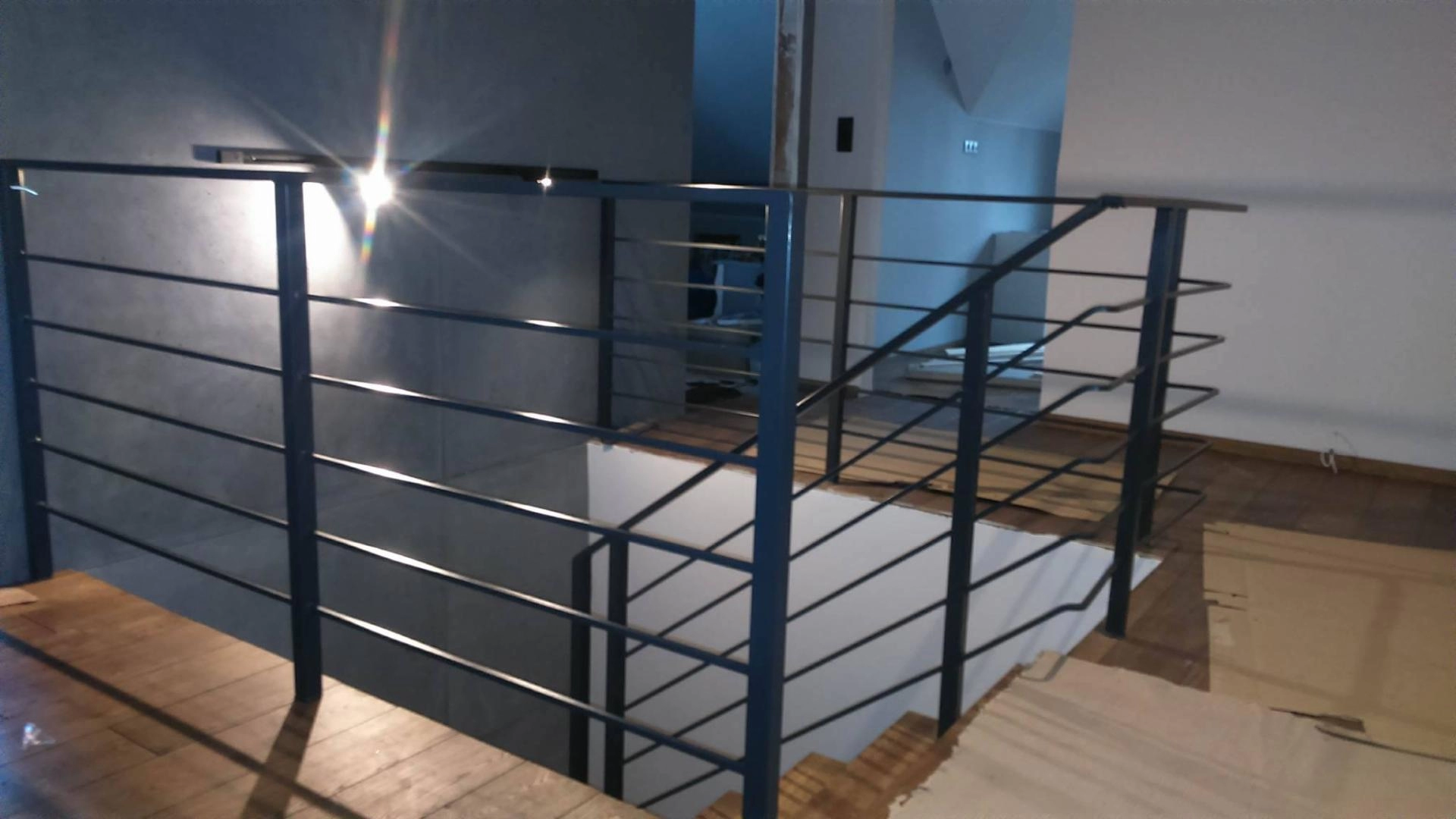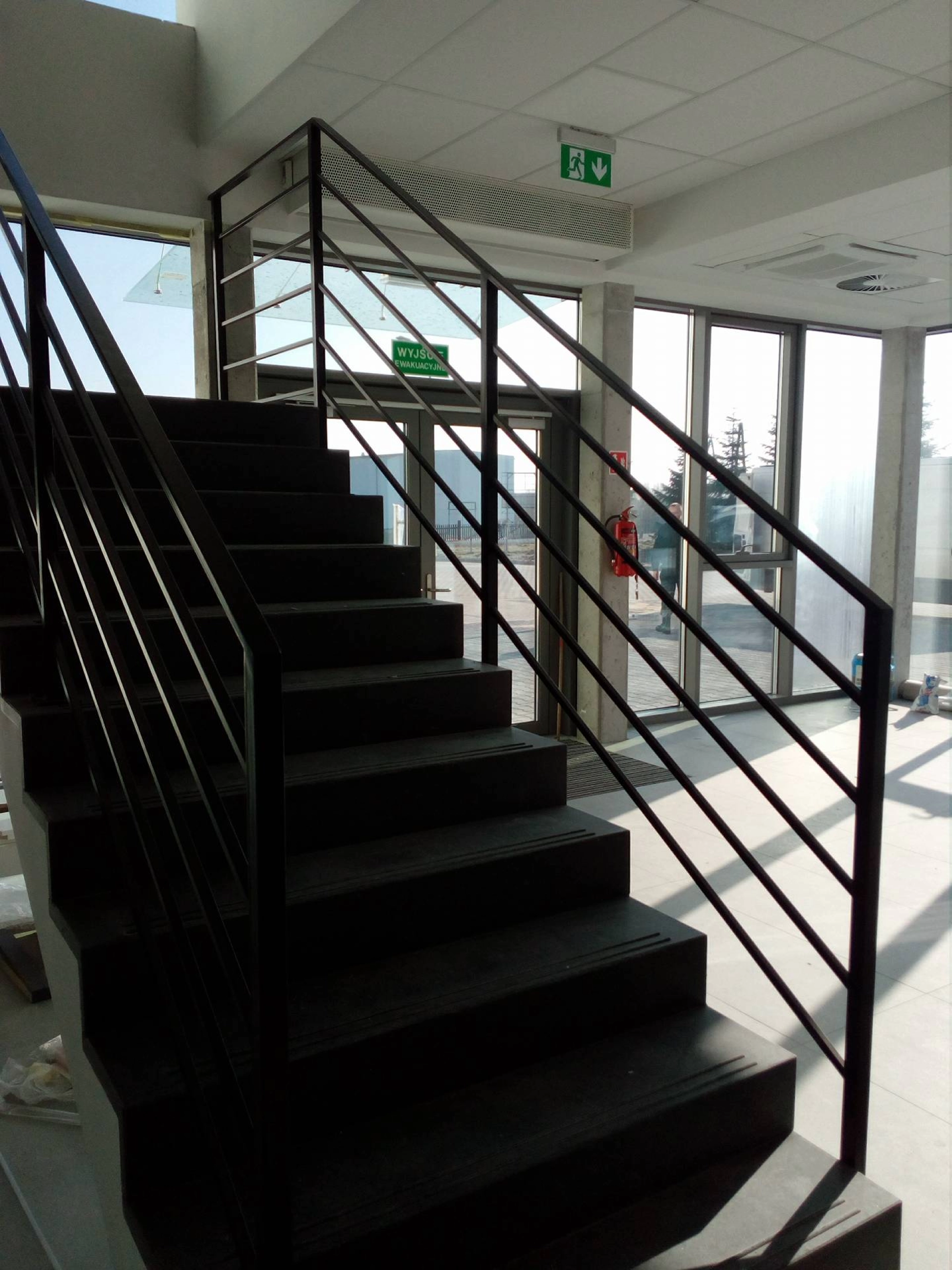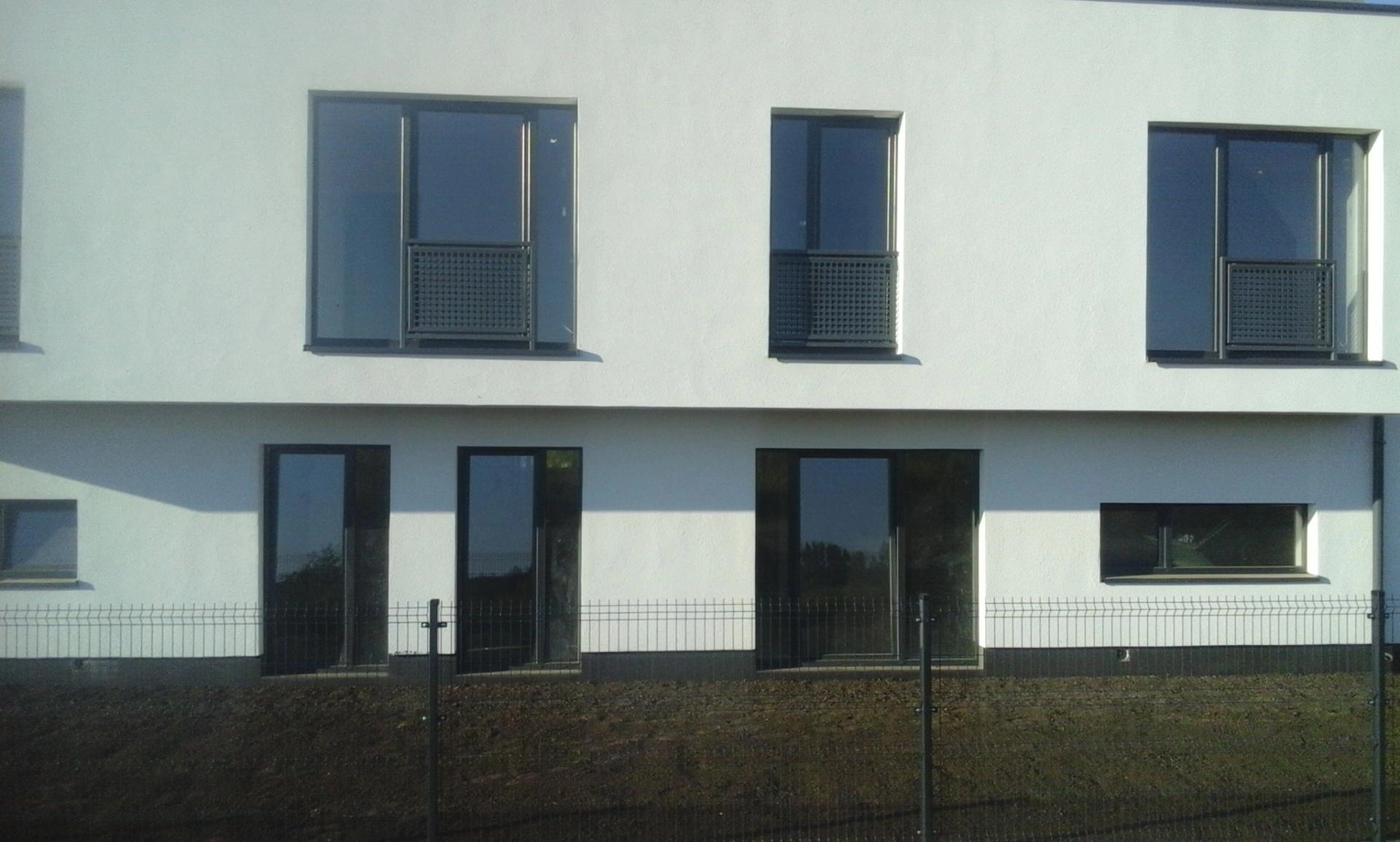Railings

Railing is a very important element securing terraces, stairs and balconies. They can be made of wood, steel or glass. Due to the durability, steel balustrades are most often used, and recently, more and more often used glass balustrades. Until recently, those made of glass were used primarily in public utility buildings, but nowadays they are also installed more and more often in single-family houses.
How to choose a railing?
The quality of the railing depends mainly on the method of installation and the style in which the building is built. In older buildings, wooden balustrades are very common, but most often they are replaced by steel balustrades, e.g. forged, which can also be compatible with traditional or historic construction. Steel railings are more durable and do not require much attention during use. Glass balustrades are more and more often used in modern buildings, which additionally emphasize their modern character. They can be glass balustrades or built based on a steel structure, often made of stainless steel and filled with glass elements. Below we describe the basic differences and properties of these balustrades.
Wooden railings
In many older homes and historic buildings, you can find railings made of wood. They often have a rich design, especially in buildings referring to folk culture. Before the 20th century, wood was used as the basic material of building structures, therefore railings were most often built of this material. Currently, wooden railings are most often used inside buildings due to the lightness of the structure, easy assembly and relatively low price. Outside, however, balustrades made of other materials are used, because the wood requires periodic maintenance and impregnation, and even these treatments do not fully protect it and over time such a railing degrades.
Steel railings
As we have already mentioned, wooden balustrades are replaced with steel structures outside historic or summer houses. In stylish buildings, wrought iron balustrades are most often used, although they also fit in with objects made in a modern style. The freedom of shaping gives a wide range of designs limited only by the imagination of the contractor. Their uniqueness may also be their disadvantage, as they are usually made to order, which increases their price. Another disadvantage may be the weight of the balustrade, which may be an obstacle to installation in any place, e.g. on some balconies. That is why railings made of steel tubes or profiles are also used. In most cases, they give the buildings a more modern character. They are also much lighter and cheaper. Unfortunately, steel elements, as well as wooden railings, must also be protected against corrosion. They can be painted with various emails, but nowadays they are usually galvanized and powder coated, which significantly extends the durability of anti-corrosion coatings and extends the durability of steel railings.

Balustrades made of stainless steel
The biggest disadvantage of the aforementioned wooden and steel railings was their periodic maintenance - impregnation or painting to protect against corrosion. Stainless steel railings do not have this disadvantage. Like steel structures, they can be freely shaped and combined. An additional advantage of these structures is their aesthetics. Their appearance emphasizes the character of buildings made in a modern style even more. These railings do not require almost any periodic maintenance, they are easy to clean, usually they are not damaged by aggressive chemicals. Stainless steel railings are very often combined with glass elements. Usually the structure is made of steel and the filling is made of glass. Both materials have a very modern character, so their combination is almost perfect. Compared to steel balustrades, those made of stainless steel are usually more expensive, but this cost can be offset in the long run due to the maintenance-free operation and maintenance of these structures.
